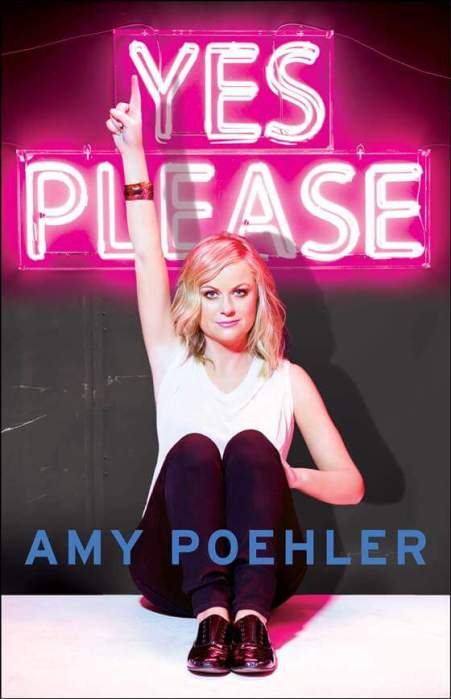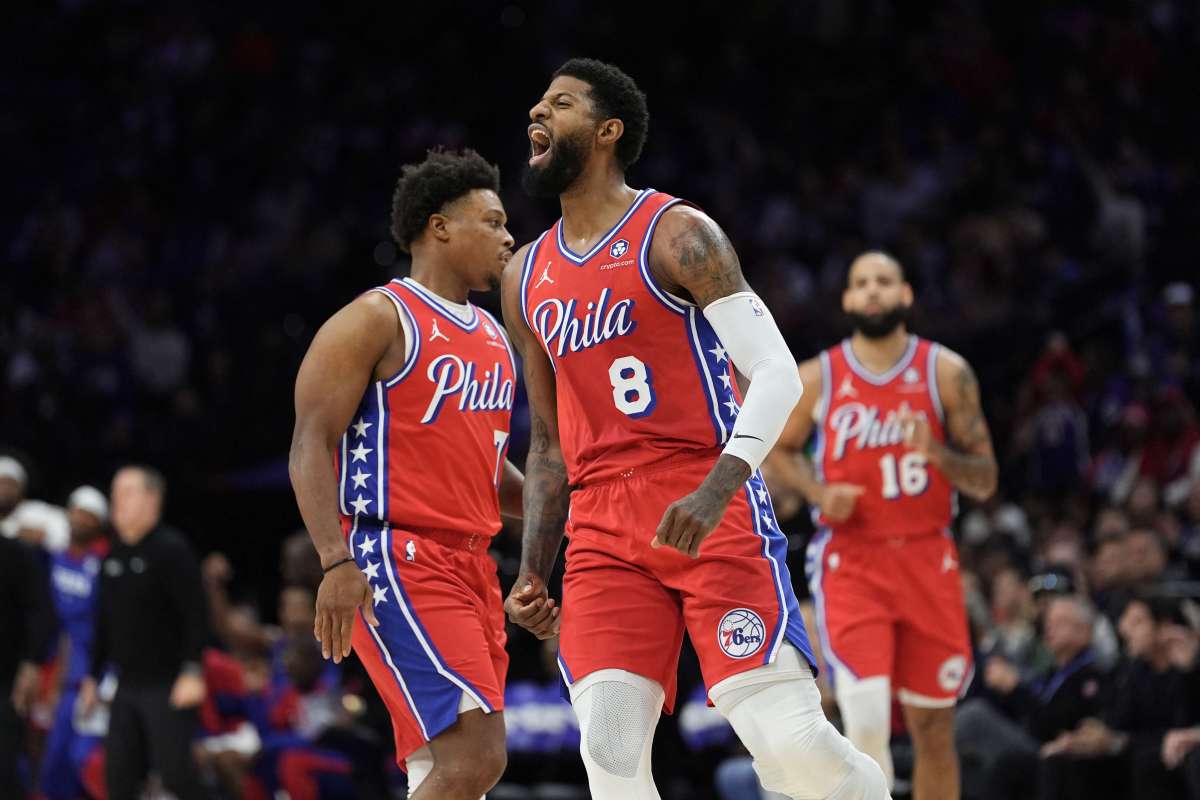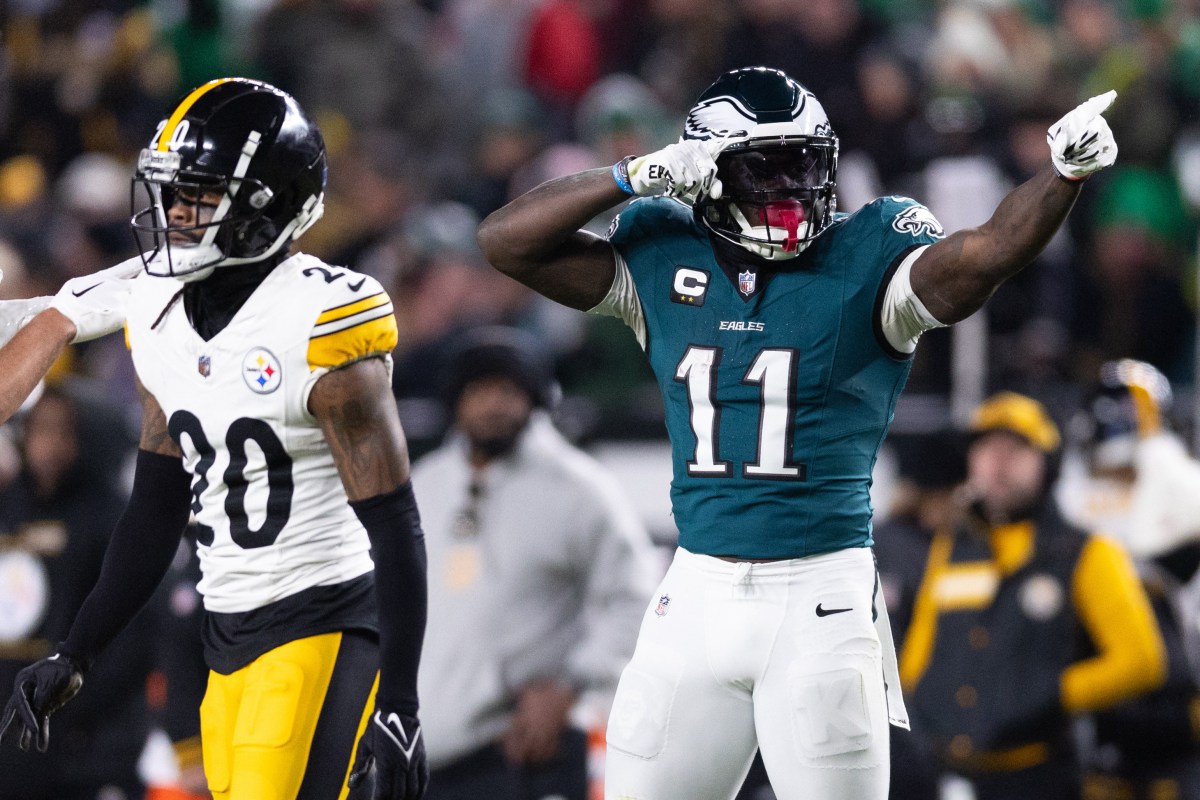 Actor John Hurt plays a mentor to the downtrodden heroes of the South Korean dystopian thriller “Snowpiercer.”
Actor John Hurt plays a mentor to the downtrodden heroes of the South Korean dystopian thriller “Snowpiercer.”
Credit: Getty Images
John Hurt has worked with any number of great directors, but he was really taken with Bong Joon-ho, the South Korean director of “The Host” and the new dystopian thriller “Snowpiercer.”
“It was an immediate love affair. I adored him,” the actor recalls of meeting the filmmaker. It didn’t stop there. When Hurt arrived on-set to make the film — a big budget tale of the last remnants of humanity alive on a train that plows around a frozen planet — he was left with nothing but effusive praise. “Tilda [Swinton] and I both said, ‘Well, I don’t want to work with anyone else ever.”
Chief among his talents, for Hurt, was his precision. “The only shots are the ones you see on-screen. It’s Hitchcock gone crazy! He doesn’t shoot different sides. He knows that he wants to go from there to there and back there, then to a different side,” he recalls. Having everyone mapped out to the frame would presumably enrage most actors. “He stopped me in the middle of a line to cut. He said, ‘I don’t need it!’ Love it! Absolutely wonderful!”
Hurt gets really excited about “Snowpiercer” — in which he plays the sage mentor who advises a class revolt — though he confesses he was “ignorant” of not only Bong’s work, but of Asian film in general. He’s since being correcting that. “We were brought up to believe the only Eastern director really was Kurosawa,” he remembers. “Otherwise you’d have to go and search for it.”
 John Hurt serves as mentor to “Snowpiercer”‘s downtrodden in one of many shots reminiscent of old-timey photos of poverty.
John Hurt serves as mentor to “Snowpiercer”‘s downtrodden in one of many shots reminiscent of old-timey photos of poverty.
Credit: RADiUS-TWC
The list of towering filmmakers who’ve employed Hurt is long, but they range from exacting stylists like Bong and Ridley Scott (who gave Hurt the iconic chest-bursting scene in “Alien”) to crazed visualists like David Lynch (who put him under pounds of make-up for “The Elephant Man”) and self-abusing iconoclasts like Lars Von Trier and Sam Peckinpah.
“Sam Peckinpah got it wrong. He went too far. He was fine to a certain point, then lost control,” Hurt says of the director, who cast him in what became his swan song, 1983’s “The Osterman Weekend.” He says on-set the notoriously boozing Peckinpah wasn’t as out of it as he often was, especially in the 1970s. “He’d been disciplined, as it were. He wasn’t allowed to drink, except for Saturday. He was fairly bad-tempered about it. But we got on. He became a good friend.”
Like “The Osterman Weekend,” “Snowpiercer” is a violent film with a tight-knit cat mostly kept to a single location. Shooting in cramped corridors makes Hurt think of “Das Boot,” the 1981 German submarine film, which was being made right by a film he was shooting, “Night Crossing.” “They were in the same studio, and they’d come out at lunch time and you’d go, ‘Christ, what are they doing?’ They were sweating, boiling hot.”
Working in the South Korean film industry — as “Snowpiercer,” despite its cast and language, was entirely funded by South Korea — only helped throw Hollywood and the English film industry’s dysfunctions into sharper relief. “It seems to be healthier than ours,” Hurt says. “The studio system is a dangerous one. However monstrous the Jack Warners and so on might have been, they were passionate filmmakers. That is not the case with Sony and whoever nowadays.”
Hurt laughs at how the studios are always shocked when a market that’s not the under-25 set makes a film that acknowledged them a hit. “We’ve all been saying for years, ‘What about the market between 25 and 40?’ They say, ‘They don’t go the cinema.’ Well, of course they don’t go to the cinema, because there’s no f—ing films to see, that’s why,” he says. “Finally they make ‘Marigold Hotel’ and it gets through the net and everyone between 25 and 40 sees it, and you say, ‘There you go.’ Everyone’s scrambling around saying, ‘We have a new audience.’”
Follow Matt Prigge on Twitter @mattprigge


















